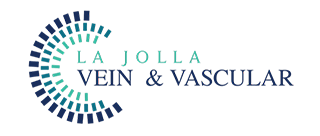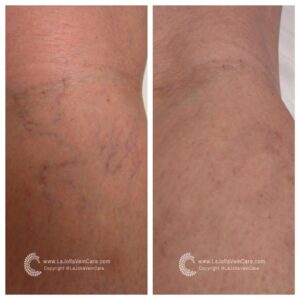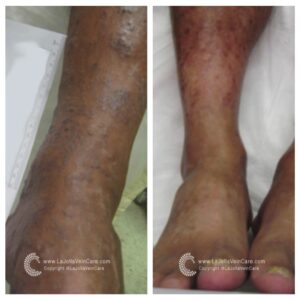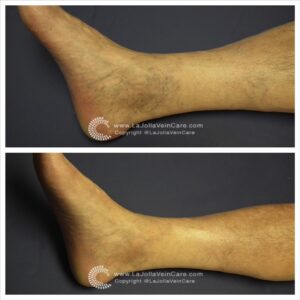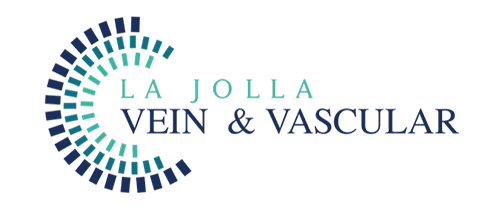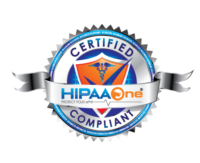Improving your vein health through exercise
LJVascular2022-12-13T14:12:46-08:00Physical activity and exercise provides a wide range of benefits for vascular health and may help to avoid evolution of mild cases of varicose veins. In fact, exercise is considered to be a fundamental element in improving the symptomatology of patients affected by varicose veins. A sedentary person diagnosed with this medical condition has a much higher risk of worsening the symptoms when compared with an active person with the same condition. This is a result of blood pooling in the veins, causing an increase in venous hypertension and symptoms.
The main goal of exercise in regards to varicose veins is to contract and move the muscles of the leg, helping to pump the blood upwards, avoiding edema or retention of liquid in the ankles. With this in mind, the recommended exercises are those with aerobic characteristics rather than those with anaerobic ones. Through this physical activity, the pressure in the veins is improved, as well as the resulting symptomatology.
Therefore, any exercise that involves moving the lower limbs and promote cyclical muscle contractions is advisable, including stand on tiptoes, move the toes, perform foot bending and rotation, do pedaling movements, among others. These can be easily performed throughout the day without the necessity to go out and exercise, and are especially useful during work hours or while doing daily tasks at home.
When walking or running, pressure is exerted on the sole of the foot, which causes the circulation to be activated from the bottom up, while the constant contraction of the muscles during cycling causes the same effect, but without the presence of high impact, an important factor for those with joint issues.
Swimming is one of the best exercises to practice when affected by varicose veins. The double effect of the water and the movement of the lower limbs cause an incredible increase in blood circulation. This is helpful also for patients who have significant symptoms related to the effects of gravity, like standing.
Other disciplines like yoga, pilates, or rhythmic gymnastics also help stimulate circulation by mobilizing the accumulated blood in the thighs, while relaxing the whole body.
Hiking is a great activity for using the calf-muscle pump. However, in warm weather, symptoms of varicose veins worsen. To get the maximal benefit of exercise and reducing symptoms, outdoor exercising when the weather is cooler, like in the morning is advised.
If you experience any vein disease symptoms, please call our office at (858)-550-0330 to schedule a consultation with one of our knowledgeable doctors at La Jolla Vein and Vascular.
For more information on vein health please check out our Youtube Channel or visit our helpful guide of resources.
